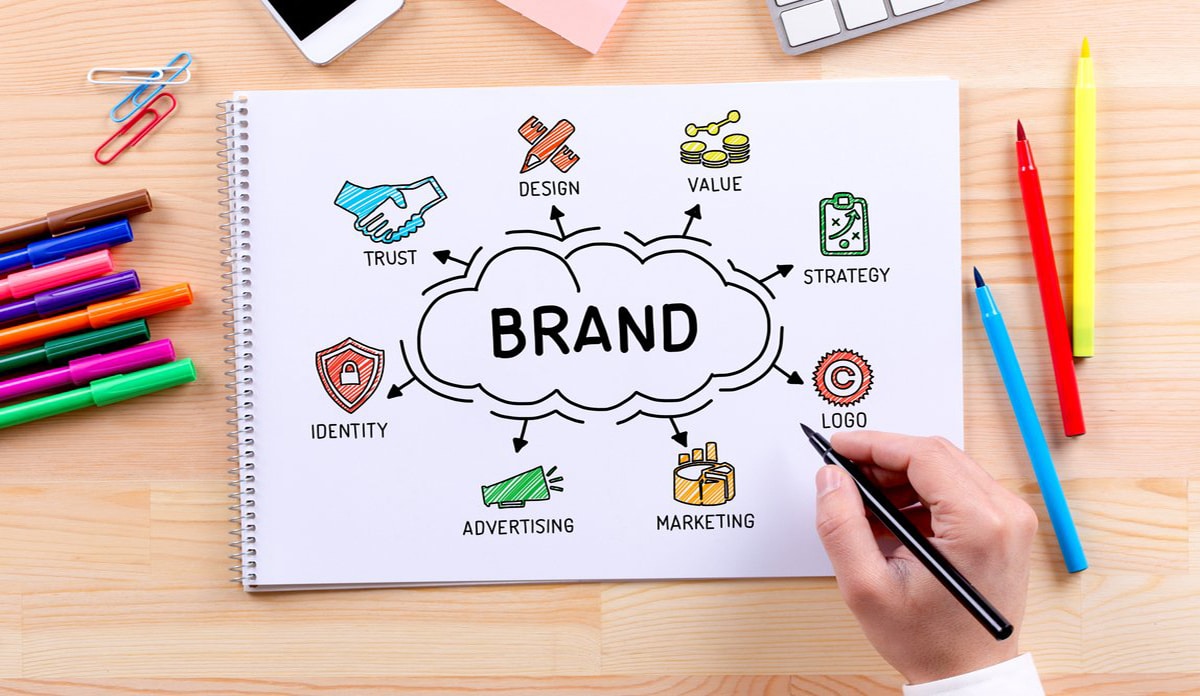
Currently, our society moves through the different brands that exist in the world. We find brands wherever we are and all of them have shown us that they came into our life with a task in hand. In the world of graphic design, the word "branding" is increasingly being pronounced, and it is not surprising since more and more companies are requesting brands that fully represent what they want to convey.
Many times we are unable to forget a brand, perhaps because of its good marketing strategy or because of the excellent designer who created it.
In this post we are not only going to introduce you to the world of brands, but we are also going to explain how they arose, why they came and stayed with us forever and what functions it performs in our day-to-day life. Do you want to find out?
What is a brand?

Source: Fan Community
Before we introduce you to another time trip, you have to know what the "brand" concept is. When we talk about a brand, we refer to a kind of icon or sign that allows us to identify what that sign is specifically and offers us information about it. It is also understood as a commercial identification where it is about promoting a company along with its characteristic product.
A brand not only helps us to appreciate and know how to decipher what we see, but it also fulfills the function of differentiating ourselves from other brands. Here comes what we call the process of Branding. This aspect of graphic design offers the creation of a brand from scratch, from its name to its most corporate aspect. That is why we also know it as corporate identity or corporate image, but it is not the same.
Corporate identity and corporate image
When we talk about corporate identity, we go directly to the design that is collected from the brand and that is represented in what we call identity manual. This manual shows the process of creating this brand, along with an analysis and development of the values and beliefs that make up the company. In this phase, the representation of a logo - symbol comes into play, that is, a typography that represents both the company's naming and the brand (logo) and a symbol or graphic resource that represents the brand in its entirety together with the Logo. It seems confusing at first, but it is enough that you know that the name of the famous Nike brand together with its typography is the logo, and its symbol is the graphic resource that they have used.
Corporate image it goes beyond the presentation of the brand, since it is undoubtedly the total image that the market perceives of it. Here is what the famous comes in contact with marketing. Marketing fulfills the function of positioning the brand in the market, with the aim of reaching a maximum number of consumers and thus obtaining all possible benefits.
Now that you know what a brand is and because graphic design is widely introduced, we are going to prepare the first engines for the trip.
We start!
The era of the 1500s: beginnings

Source: Hierro Ganadero
You will be surprised, but the brand concept in the 1500s had a completely different meaning than what we know today. In the Nordic era, the word mark meant "to burn" and it also had a shape, since it was a kind of piece made of burning wood and it was the utensil with which cattle animals were burned to mark them.
In countries such as Spain or Mexico, it is currently still being done. The main objective of this is to form a unique footprint. The symbols of the brands differed between them, since according to their livestock, they were in one way or another. Normally, these symbols are determined by different initials, depending on the livestock it is, in addition we also find other graphic resources such as thick lines or different geometric figures.
If you ever go outside and go to a field or mountain area and see an animal with these marks, it means that they are part of a certain herd and therefore, they are not lost. It is also important to know that this act affects the health of the animal itself and is not entirely beneficial for them.
1750 - 1870: The Industrial Revolution
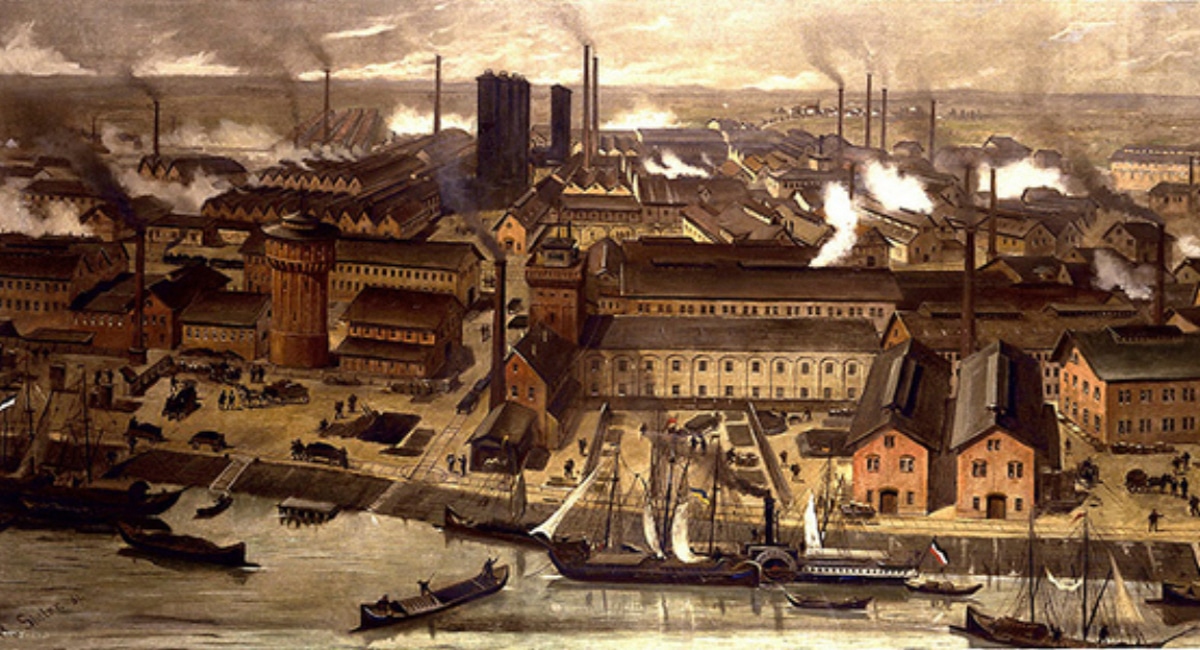
Source: Wikipedia
Surely you have heard of the famous industrial age, another of the historical events of the time. Well, everything arose in the XNUMXth and XNUMXth centuries. In Europe and the United States, new manufacturing processes were developed, this caused great benefits for society as technology advanced on a large scale. With this, the consumers of many companies grew and the need arose to take control of the market.
At this time, the brand concept began to resemble the one we know today, a word full of symbols, designs, shapes and colors. But the adventure does not end here, since they needed to register the trademarks. Trademarks began to take center stage in 1870, this year was very important for the recognition of trademarks, since the first Trademark Law was formed in 1881, created by the United States.
Thanks to this law, many companies began to have much more ownership of their products and the company they were trying to promote. In addition, the first competitions arose and with it, the first benefits.
1870 - 1920: the technological age
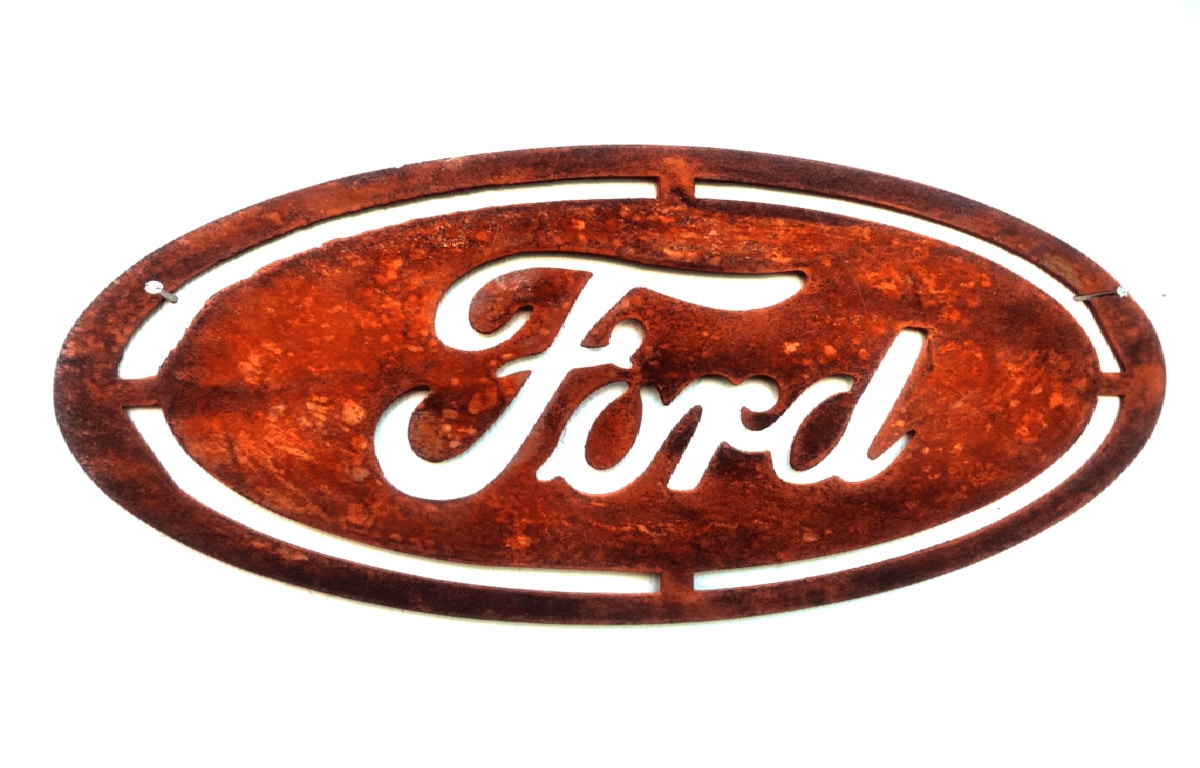
Source: Viejas Chapas
The XNUMXth century brought an increase in technological evolution, and with it, the birth of the first brands: Coca Cola, Ford Motor Company, Chanel and LEGO.
The advancement of technology not only came with the birth of great brands, but also, each brand offered very advanced products in their time. For example, Ford offered its first range of cars made in the United States, with gasoline long before any other automobile brand.
In addition, clothing brands such as Chanel, offered the first women's suits, at a time when the brand was directed only towards men. Thanks to these small details, each of these brands turned the industry around and positioned themselves in the market as the best brands of the time.
During this period, many brands also made their mark in both magazines and newspapers. The printing era not only provided a greater dissemination of the message, but also gave the opportunity for many companies to promote their product and thus reach a large number of consumers.
1920 - 1950: The first advertising media
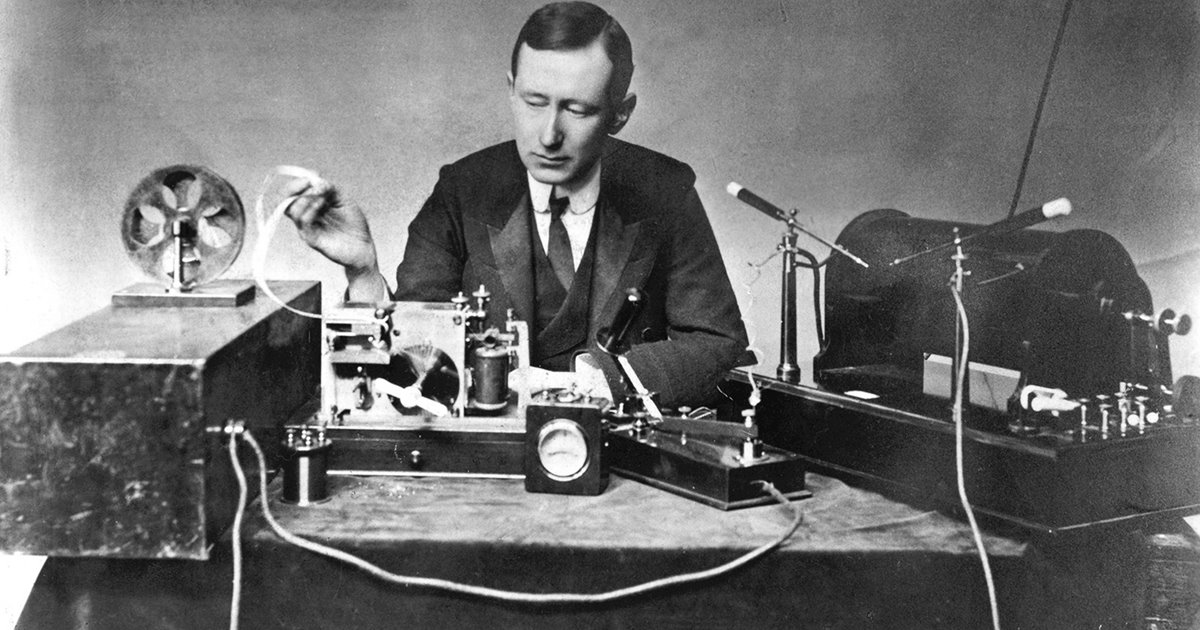
Source: National Geographic History
As time went by, not only was an advancement in products important, but also in the media. For this reason, a lot of importance was given to radio, since it was one of the first channels. At the beginning of the 1920th century, radios were used to promote each of the businesses but it was not until XNUMX, when it became much more popular. In this way they gave way to the first ads, where the brand was promoted through concise and simple messages.
One of the first commercials originated in 1922 (New York). During this decade, not only were commercials created, but the first programs were made as well. But like all evolution, it is necessary to improve and advance in great steps, brands not only needed to be heard but also seen. That is why the first televisions emerged.
In 1941, the American watch brand, Bulova Watches, announced its first television commercial, it was 10 seconds long and reached around 1000 viewers. These media were growing, and with them more and more companies were using television to advertise their business.
We are currently surrounded by thousands and thousands of advertisements, many of them already have a duration of up to 3 or 4 minutes and shorten it to 1 minute.
1950 - 1960: Color markings
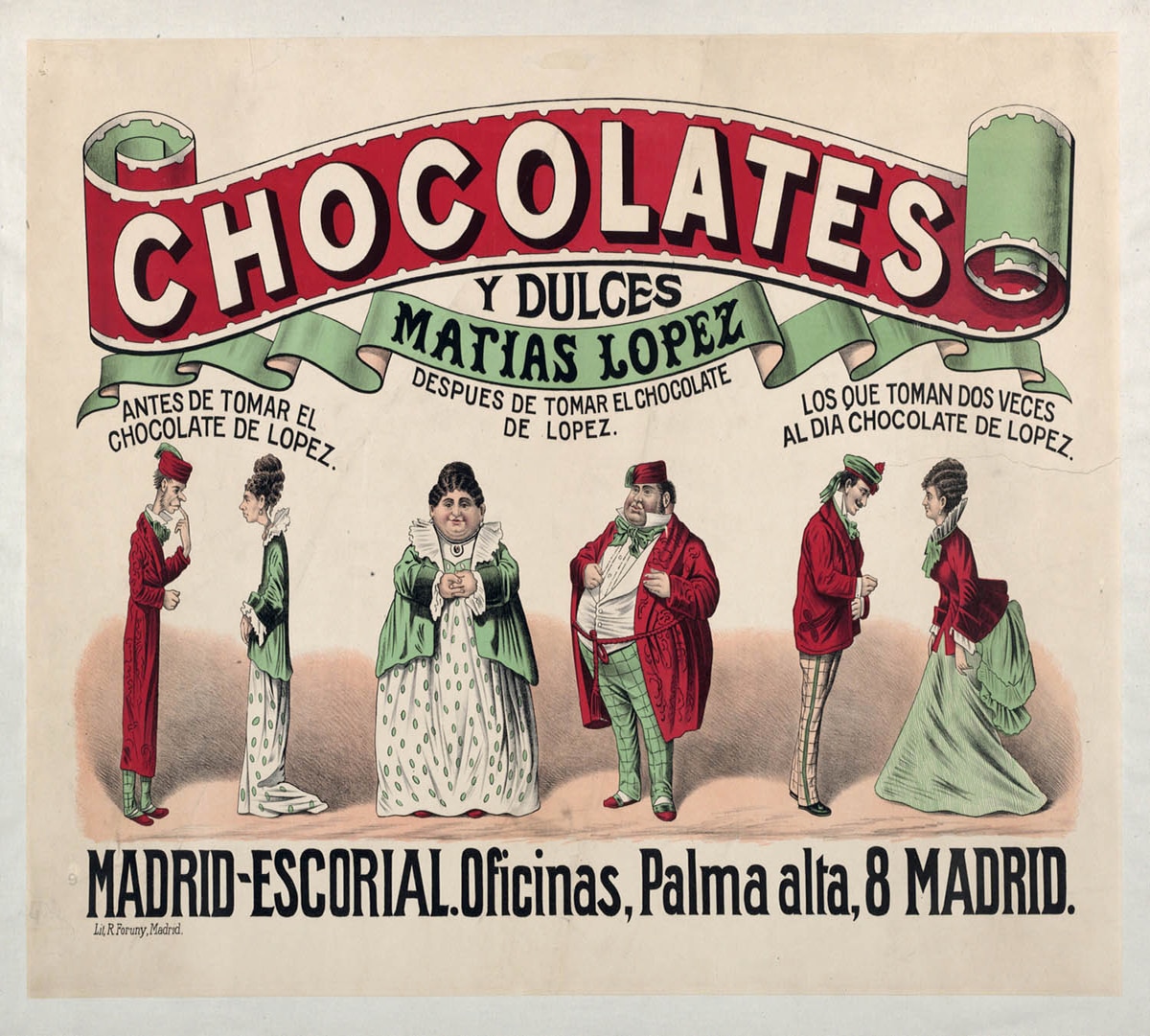
Source: El Blog del Sereno de Madrid
The years went by, and with it new events arose, one of them was undoubtedly the Second World War. This historic event brought an evolution in the manufacture of new products and in the growth of the market. Not only did media such as television evolve, but the first offline media emerged, that is, physical media that allowed a greater dissemination of the brand on a large scale: billboards, signs, first packaging designs etc. In addition, color television also emerged.
With this, the first marketing strategies and the first management of the brand began, since little by little more consumers were consuming the products of the different companies, and therefore, more and more competitors. This allowed new marketing managers to emerge and with it, what we know as emotional or emotional advertising, where feelings abound and where you are persuaded with the message and the image.
1960 - 1990: The growth of the brand
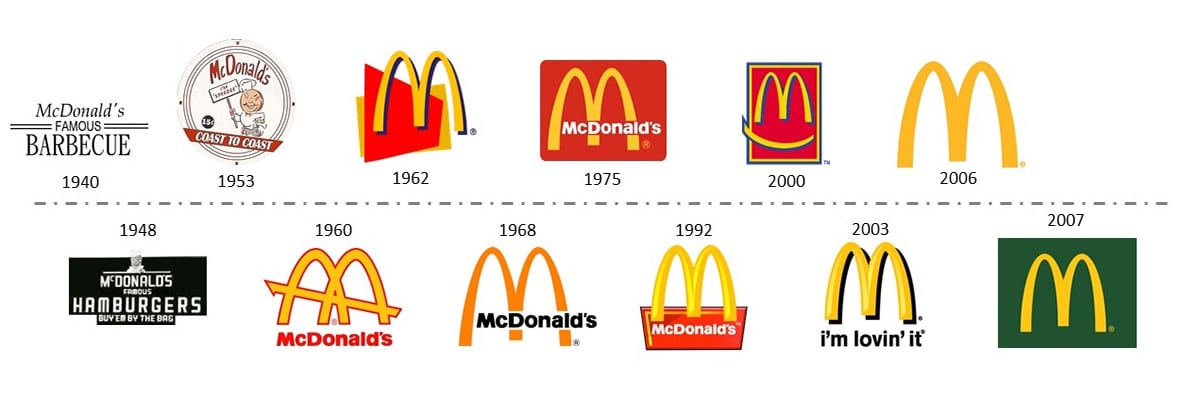
Source: La Paz Graphics
Like all brands, high growth was generated over time that allowed for progress. These brands needed new designs and even redesigns, in this way a result was achieved that allowed to maintain the brand identity and that its aesthetics would be updated and conditioned by the time.
This process is represented in the brand of the famous fast food network «McDonald's». We can see at a glance how the brand has been updated over time. For this, it has been necessary to carry out a previous study of fonts and graphic resources. This rhythm provides a more renewed aspect of the brand, which leads to gaining an audience and keeping the competition.
Later, in the 1990s, many of the local businesses in the cities began to have more prominence, they moved away from the topic of being simple shelves where products were placed, but began to participate in the first negotiations with brands representative.
Some of the most representative brands of the 90s were:
Buffalo London
This company was dedicated to the manufacture and sale of footwear and was a very representative brand of famous singers and actresses of the time, including Girl Power. Its main objective was undoubtedly to enhance the female figure.
Kappa
Kappa is a company that is also dedicated to the footwear sector, in addition to being an Italian company, one of the icons that stands out the most is its logo. Currently it has been renovated and the company not only offers products for sports but also does it with a denim style.
Tommy Hilfiger
It is an American company dedicated to the fashion sector. It is one of the brands that has been used the most by famous actresses and models, including Chiara Ferragni.
They
Ellesse is a company dedicated to the manufacture and sale of Italian clothing from the late 50s. Currently, the design of its products and its brand has taken a more modern and modern turn, thus offering a context of the period and keeping the vintage design of the 90s.
Kangol
It is a firm that sells hats for fishermen. These hats are usually designed from straw and in the 90s they were widely used by rappers and models. Currently this firm works with brands such as Dior, Prada or Loewe. Other details to highlight is undoubtedly that, despite being a not very formal brand, it has also been used by Princess Diana herself in 1983 in Vogue magazine.
As we have seen, many of the brands over time have needed a new design. the design is constantly changing and its use can vary depending on many factors. Next, we are going to transfer you to the last time of the trip, a time that is not far from us and that remains today.
From 2000 to now

Source: Comounaregadera
If we look back, we realize that many technological advances have been necessary to reach the great brands that have come and are to come. Currently, designing a brand from scratch or starting from a redesign, is at our fingertips.
During the beginning of the digital era, in 2000, television advertising was very popular and was the protagonist over print advertising. What really gave the great launch of this era was undoubtedly social media. In this way, advertisers had much more power and brands positioned themselves much better in the market. (Facebook ads, creation of posters through online media, use of hashtags, web page design, etc.).
A clear example is the Coca Cola brand, it took a redesign of the packaging, the brand itself and the company's values to achieve one of the best advertising campaigns in history. This provided that the brand stayed connected with its target audience and that the competition increased and generated much more interest. It is also true that not everything is surrounded by technology, but also, at that time, what helped the big brands the most was undoubtedly the customer reviews. Each positive or negative review helped others to recognize the company and enter it.
Some brands that stood out in the 90s / 2000s until today are:
Blumarine
Blumarine is an Italian firm originated in 1977 by the Italian Anna Molinariy Gianpaolo Tarabini. The brand is characterized by using deep-rooted values and using colors and textures that evoke and recall the sea. Its first store opened in 1990 and since then, all the fashion magazines have echoed the brand and have been inspired by it.
Currently, the brand has decided to stay with the aim of recalling its dresses and suits and returning to the catwalk. What most characterizes this brand is that it has been used by celebrities such as Kendall Jenner or Bella Hadid.
Lanvin
Lanvin is a brand founded at the beginning of the XNUMXth century created by the Israeli designer Alber Elbaz. Currently, the brand has decided to reappear again and position itself at the top of the market. This has caused celebrities such as Paris Hilton and Bruno Sialelli to appear in advertising campaigns, advertising the product.
Conclusion
As we have been able to appreciate, throughout this trip we have seen a variety of brands, all of them have maintained a historical context, but above all, the brand itself has always been a series of concepts that over time has taken on meaning. different.
Brands choose us long before we choose them, in this way we become their consumers, and this process is part of life and the society that surrounds us. Now is the time for you to go abroad and enter the world of brands and discover why they are.
Feel like?